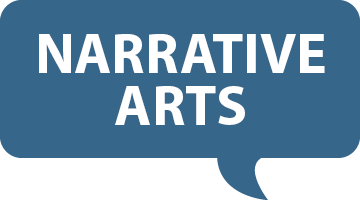Blog
When Art is the Change: A Look at Native Philanthropy

Attendees of the Seventh Generation Fund-sponsored “‘Empower Your Story’ Digital Media Training & Workshop,” February 2013.
“For many Indigenous peoples the world is dreamed, told or sung into being. The act of creativity is the act of creation,” says Betsy Richards, who leads the Creative Change program of the Opportunity Agenda, and was previously the program officer for Media, Arts and Culture at the Ford Foundation, where she funded Native American and place-based cultural communities. “Culture and creativity are at the center of ourselves and our societies, rather than being entertainment that we consume at the end of our day.”
“In many of our languages we don’t have a specific word for art,” adds Tia Oros Peters, the Executive Director of the Seventh Generation Fund. “That is not because our languages have not evolved or that they are not complex. Quite the opposite, it is so because art is intrinsic to every aspect of our lifeways, our spiritual lives, cultural lives, family lives, secular lives, political lives—all of it. From this worldview, a song, a painting, a canoe, a story each has its own energy and power and each can create change.”
The oneness of art and society (and hence social change) is not unique to Native America, but is perhaps uniquely felt in Native tribes, where historically the culture has been assailed in tandem with the people. Lori Pourier, President of the First Peoples Fund, recalls how the schools she attended as a girl were administered by the Bureau of Indian Affairs, and staffed entirely by non-Native teachers. And she says how Native Americans were effectively denied basic religious liberties before the passage of the Native American Religious Freedom Act of 1978. Despite these challenges, Native cultures have proved resilient, as seen in the Indian Controlled Schools movement in the 1970s and the flowering of Sundance ceremonies and other sacred practices.
These are some of the experiences that shape present-day Native philanthropic approaches to storytelling and other cultural work. Pourier says, “As a grantor in Indian country, we know we can’t just separate out culture from other aspects of life.” It’s a perspective that non-Native funders could take on as well. Both because it acknowledges the inseparability of stories (or art) and society, and because it values the cultures from which that belief springs. Native Americans in Philanthropy is a growing circle of nonprofits, tribal communities, and foundations committed to the beliefs, traditions and gifts of Native peoples. The organization’s Executive Director, Carly Hare, says, after all, “We are the original philanthropists and storytellers.”
